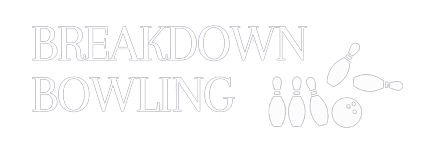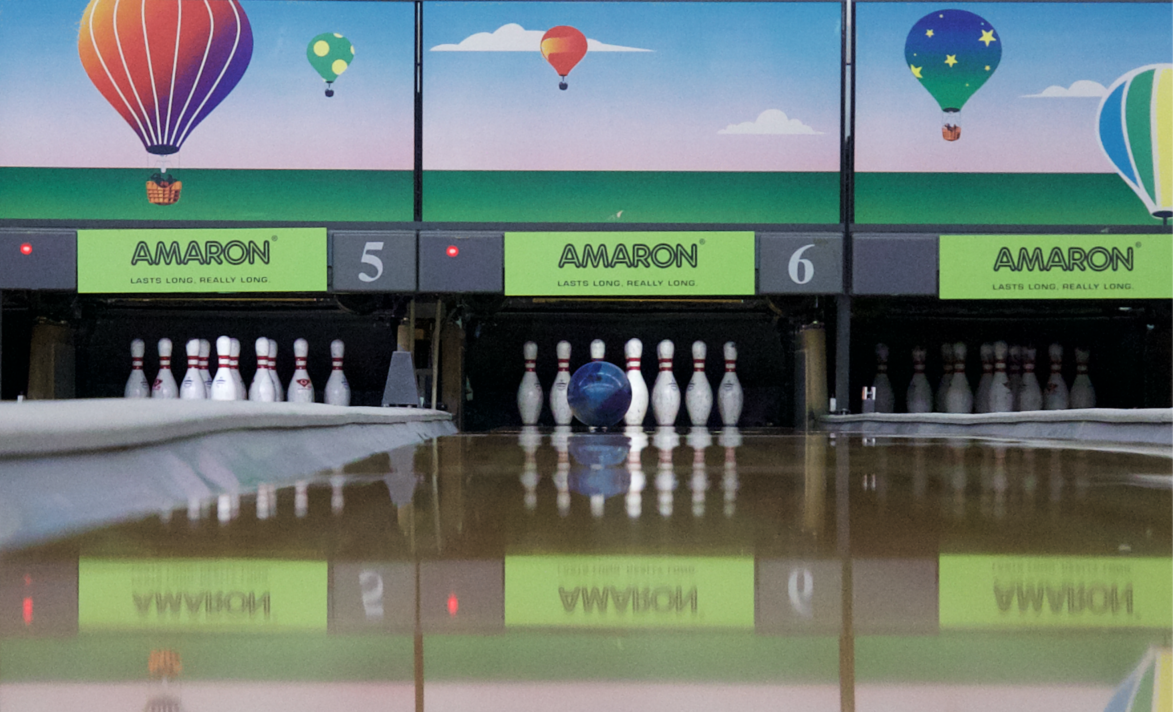Introduction
Winning tournaments is not just about having the most revolutions or even being the most accurate bowler. Most of the time, tournaments are won by being matched up to the lane conditions with the proper equipment and strategy. Just selecting the right ball to use, and bowling in an advantageous part of the lane would give you much more room for error, as well as boost your strike rate.
In this article, we discuss the characteristics of various types of bowling balls and how they react on the lanes.
Surface
Polyester
Polyester (or ‘plastic’) balls, have the smoothest surface and thus hook very late, if at all, on the lanes. They are most commonly used as spare balls, although some polyester balls with do exist (such as the Hammer Widow Spare) and can function as a strike ball on the toughest lane conditions.
A small but increasing number of competitive bowlers no longer include a polyester ball in their arsenals as this allows them to bring an additional strike ball to tournaments, giving them more options. Instead, they are able to throw their strike balls straight and fast enough to pick up spares consistently.
Urethane
Urethane balls have seen a resurgence in popularity in the past 10 years or so, with professionals competing regularly with balls such as the Pitch Black and the Purple Hammer. In fact, they have become so popular that PBA bowler Sean Rash got fined and suspended in a urethane-related outburst!
Why the sudden popularity? balls are old, and compared to other reactive balls they have a much weaker and a more gradual hook. They also hook later on the lanes than reactive balls. However, with improvements in core technology, newer urethane balls are able to drive through the pins better even with a gradual . In addition, bowlers favour giving the urethane ball a heavy (usually 360 or 500 grit), which helps the ball hook earlier. This creates a smooth and controllable curve across the lane that works perfectly for many tough oiling patterns found in competitions.
Pearlised Reactive
Reactive balls generally use the same base material as urethane balls. However, chemical additives are mixed in to create a stronger and more overall hook potential. Of the reactive balls, pearlised balls have the greatest length and tend to be more angular, which makes them ideal for shorter oil patterns or towards the tail end of long games.
Solid Reactive
Solid reactive balls have the roughest surface, and hence hook the earliest among the reactive balls. This creates the greatest overall hook potential, but depending on the and of the ball, solid reactive balls can also give a controllable reaction without sacrificing striking power.
In especially challenging lane conditions, some bowlers may wish to give their solid balls even more surface, meaning they make the surface of the ball rougher using an , sometimes after every single game! However, due to rule changes from the , this practice is no longer allowed.
Hybrid Reactive
Hybrid reactive balls tend to offer ball reaction that is between that of solid and pearlised reactive balls. They go longer than solid balls, but shorter than pearlised balls. This makes them a great choice during the transition phase of the oil pattern as the lanes are getting too dry for solid balls, but at the same time the bowler still requires an earlier hook to deal with and inconsistency on the lanes.
Core
Symmetrical vs Asymmetrical
All bowling ball can be classified as symmetrical or asymmetrical. When you look at a diagram of an asymmetrical core, they tend to be more oddly-shaped, with weird protrusions and other shapes sticking out. A symmetrical core on the other hand tends to be a bit more even all around.
In effect, an asymmetrical ball tends to skid a bit longer, but due to the imbalance in the , ‘flips’ more abruptly creating a stronger hook. Symmetrical balls tend to start hooking a bit earlier and reach equilibrium without so much of a flip, thus having a more controllable and gradual hook at the .

